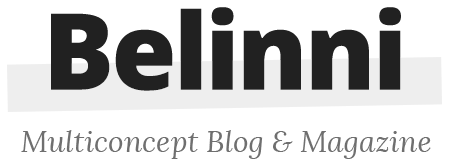Dr Junta Kido
Introduction
Treatment planning dental implants in the aesthetic zone requires the comprehensive understanding of the integration of basic restorative and biological concepts, along with delicate tissue management techniques. Furthermore, the treatment of two or more adjacent missing teeth brings a higher level of difficulty due to the loss of hard and soft tissues following tooth extraction. This loss is exacerbated when multiple teeth are removed at the same time. In such situations, a biological intervention through hard and soft tissue regenerative procedures, or a prosthodontic approach with the use of pink ceramic, has to be utilized to restore and compensate the alveolar ridge deficiency bringing an added level of difficulty, particularly in the combination with dental implants.
In this specific case, hard and soft tissue augmentation procedures were elected to rebuild the vertical and horizontal ridge deficiencies to avoid the use of pink restorative materials. Furthermore, a modification of pontic design was done to create the natural harmony between the peri-implant tissues and the implant supported suprastructure. This case presentation demonstrates a clinical case where several biological approaches were applied in the treatment planning phase, to determine step by step the proper timing and procedures required for a predictable outcome.


59-year-old female was referred by her general dentist with the following chief complaint: “My front teeth look longer and need to be restored”. The patients’ previous medical history includes controlled hypertension with antihypertensive medication.

Initial intra oral photo

Occlusal evaluation

Full mouth radiograph

Periodontal examination

Perio Risk Assessment by OHIS (Oral Health Information Suite) described high periodontal risk

SAC classification described the case as Advanced in surgical aspect

SAC classification described the case as Complex in restorative aspect.

Evaluation of the anterior teeth according to esthetics and phonetics.

Sequence of treatment planning driven by smile design

The ideal incisal edge position of the central incisors was decided according to phonetics and esthetics

The crown shape was decided from the existing gingival margin and average crown width/height ratio

The laterals, canines were set accordingly

The premolars, molars were set accordingly

Diagnostic wax up was completed.

Final treatment plan of the maxillary arch.

Extraction planed for teeth #11,12,15,22.

Rationale for tooth extraction

Procedure of extrusion of #12

Post extrusion/submerged root of #12

Procedure of implant placement with simultaneous GBR

Connective tissue graft for increasing the buccal volume

Pre/post op of the connective tissue graft

Extrusion of #21

Second provisional

Evaluation of the new provisional

Gingival architecture produced by the new provisional

Final abutment try-in and final prosthesis

Initial extra oral photo

Initial intra oral photo

Superimposed diagnostic wax up over initial intra oral photo

Incisal edges determined

2nd set of provisional crowns on stone model

New provisional crowns placed. Note that the gingival architecture is maintained as planed in the diagnostic wax up

Final tissue contour

Final tissue contour with the abutments tried in

Final abutment try-in

Final prosthesis

Final intra oral photos

Final intra oral photos with the radiographs

Final extra oral photo

Final extra oral photo

Pre/post op

Final intra oral photo

Periodontal examination after treatment

Perio risk assessment after treatment. Notice the decrease in both disease score and periodontal risk.

3 years post op

3 years post op photo with the updated radiograph

Perio risk assessment at 3 years post op. The disease score and periodontal risk are both maintained

